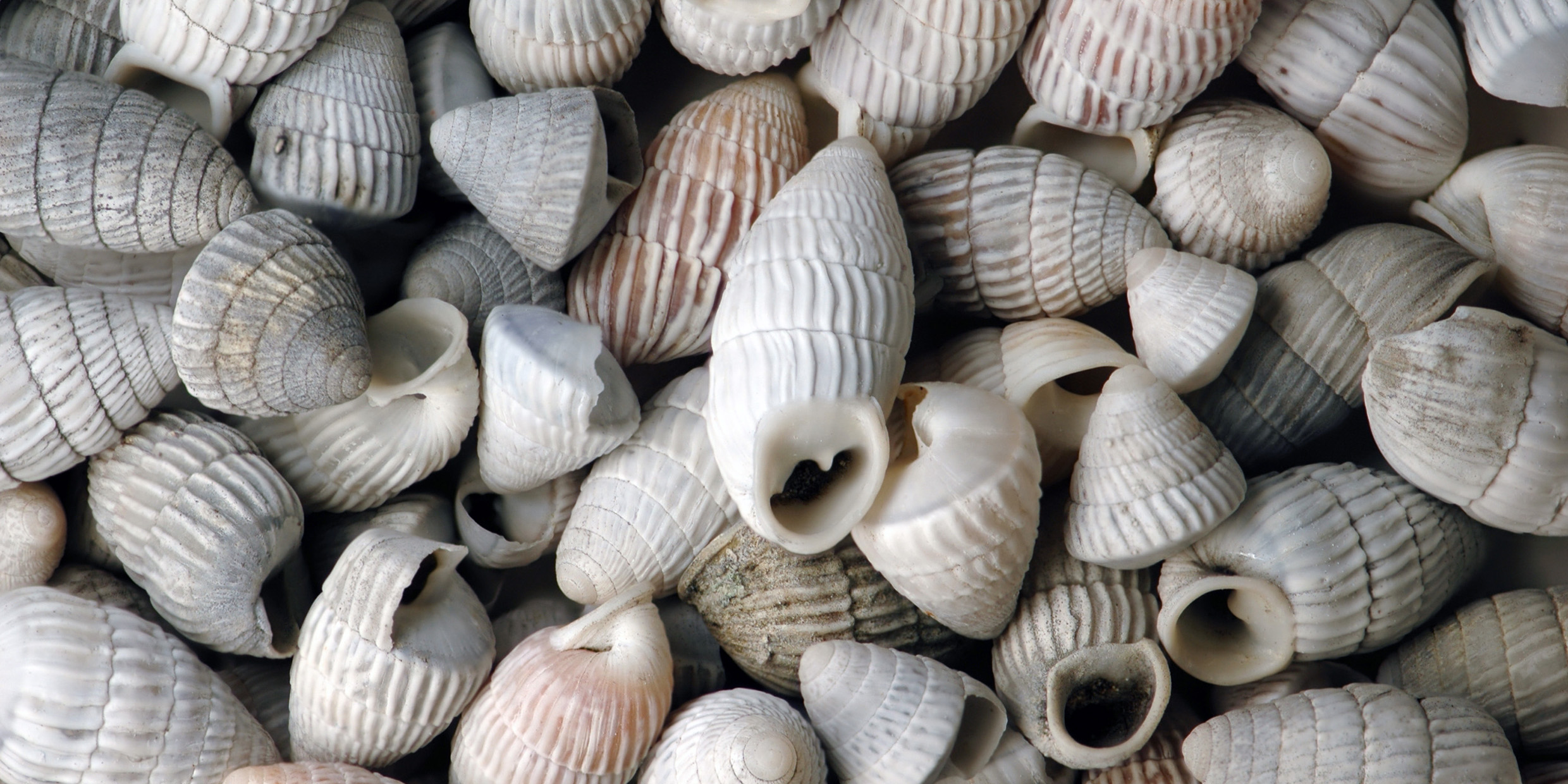Originally published 28 May 2002
As it turned out, I was reading Stephen Jay Gould’s monumental new tome, The Structure of Evolutionary Theory, when I heard of his death from cancer last week [in May 2002] at age 60.
Gould is certainly the best known biologist of our time, and arguably the best known scientist in the world (although that other Stephen, Mr. Hawking, is also a candidate for this honor). Gould’s popular fame rests primarily on a series of best-selling books that collected in 10 volumes his 300 monthly essays for Natural History magazine.
How Gould managed to write so prolifically for a popular audience, while maintaining a career as a productive scientist and gifted teacher, is (to this writer, at least) a mystery. Add his avocations of choralist and avid baseball fan, his ubiquitous appearance in print whenever and wherever an intellectual quarrel was brewing, and his 20-year battle with cancer, and you go beyond mystery to miracle.
To miracle add the writing of The Structure of Evolutionary Theory, more than 1,400 pages of densely argued history, philosophy, and science. Surely, Mr. Gould had a secret workshop of scholarly scribes working in his name.
But, no, it all poured forth from his own prodigious mind, enough to establish separate reputations as a paleontologist, philosopher of science, historian of science, and science popularizer. The world of culture has lost a giant.
But back to the Big Book that for three weeks I have been working through with pleasure and exhaustion. It is a book unlike any other I have ever read, a sprawling compendium of everything Gouldian — a career-topping explosion of ideas, the verbal and intellectual equivalent of an end-of-the-millennium fireworks extravaganza.
What a way to go!
Gould refers to his book as “one long argument,” a respectful borrowing of Charles Darwin’s characterization of his own epoch-making tome, Origin of Species. Darwin’s long shadow falls across everything Gould writes; sometimes Gould’s homage to the master borders on hero worship. Even when Gould takes issue with the current application of Darwin’s theory, he professes to find in Darwin’s work anticipations of his own rebellion.
And rebel he does. Natural selection is not the whole story of evolution, he insists. Life is more quirky than biologists are ready to admit, more contingent on the unpredictable. Not every feature of organisms can be accounted for by adaptation to environment. Among biologists, Gould is best known for his theory of “punctuated equilibrium,” developed with his colleague, Niles Eldredge. The evolution of organisms does not move in smooth, incremental steps, they say, as neo-Darwinians are inclined to suppose, but in fits and starts — long periods of stability followed by sudden change — which is just what Gould found in his lifelong study of fossil snails of the Bahamas.
He liked the role of iconoclast, and relished taking on the scientific establishment, especially when he thought human dignity was at stake, but it sometimes seemed there was more sound and fury in his battles than substance. Most biologists are willing to admit some measure of contingency, fits and starts, and quirky non-adaptation. What keeps Darwinian natural selection ticking along is its ability to suggest useful observations and make predictions that can be tested. In this respect, Gould’s ideas have been less successful.
I suspect the Big Book will find a place in science rather like that of D’Arcy Wentworth Thompson’s On Growth and Form, another bulky and quirky biological tome published in 1917. Thompson was also a brilliant prose stylist and something of a rebel. He, too, rejected natural selection as an adequate explanation of evolution.
Thompson wanted to put biology on a mathematical footing, a hundred years before computers were adequate for the task. His ideas were brilliant and provocative, and On Growth and Form remains a sentimental favorite of biologists, but it had little influence on biology during the 85 years after its publication.
Thompson may well have a last laugh yet (in whatever heaven is reserved for iconoclastic biologists), and Gould may have his last laugh, too. The time may come when biologists see that he got much of it right after all. For the moment, though, Gould’s ideas seem either trivially obvious (as many clever ideas do once they have been pointed out) or inadequate as a basis for scientific research.
There are other ways to read the Big Book, however. As literature. As biography (Darwin). As autobiography. As history of evolutionary theory. As moral philosophy.
Gould asks us to read the book as an apologia pro vita sua, or a justification of his life (the phrase borrowed from Cardinal Newman). And, boy, is it ever that. He got it out just in time. It may be the longest epitaph a man has ever provided for himself, but it is surely one of the best.



